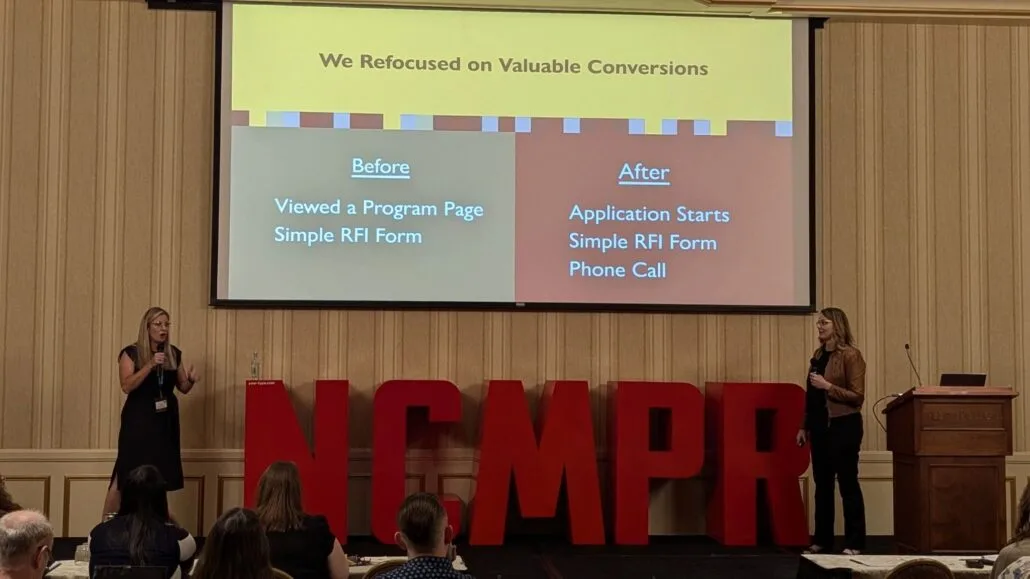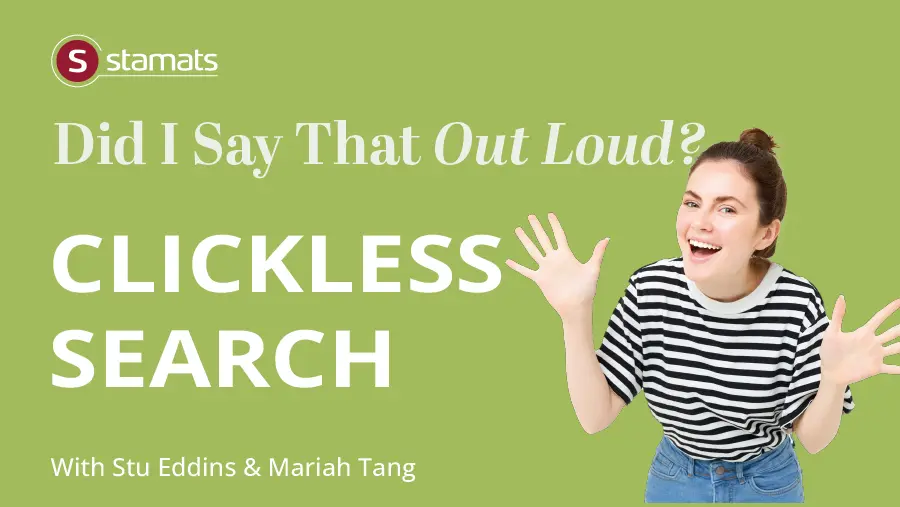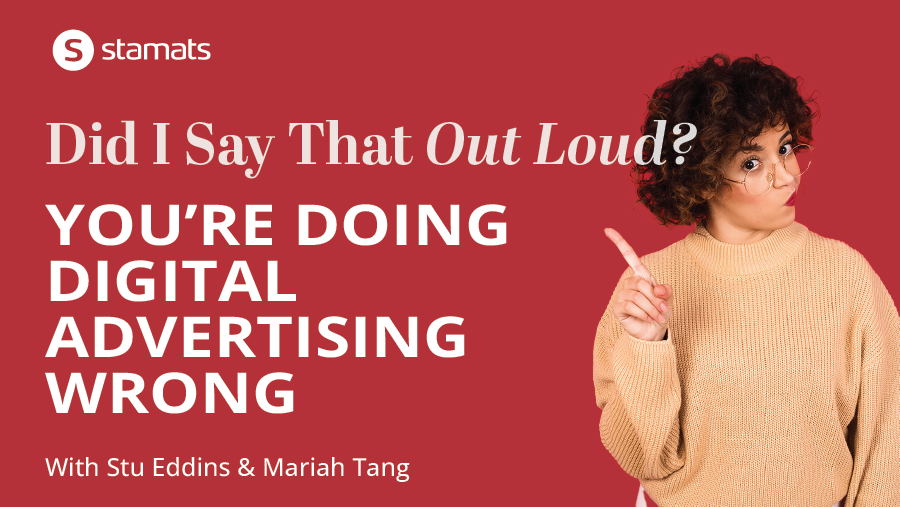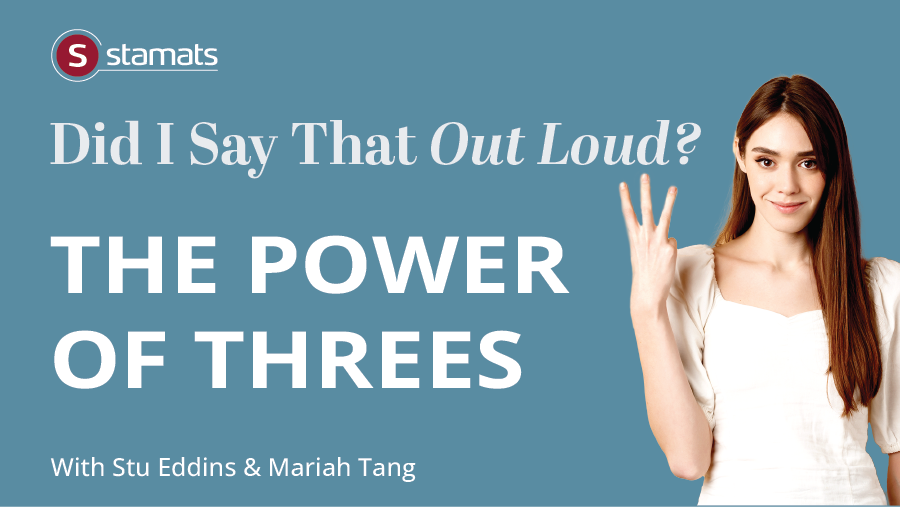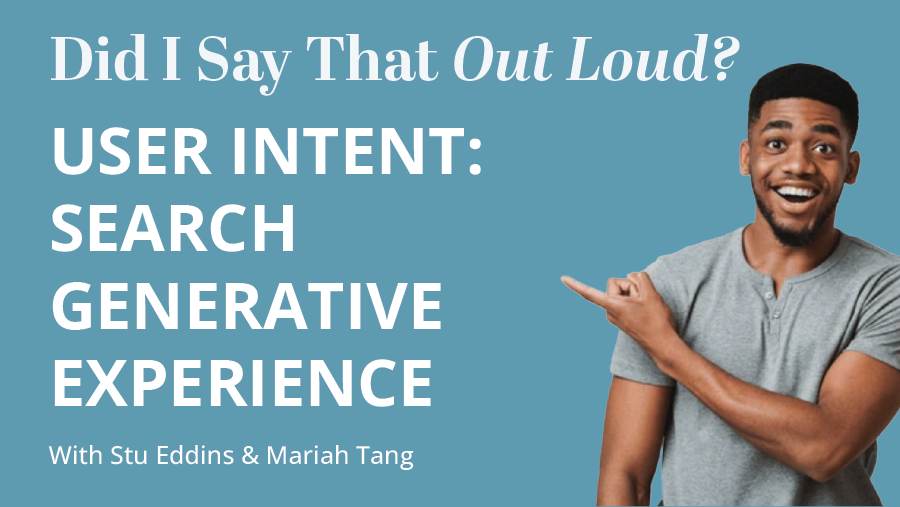Category: Digital Marketing
-

4 Reasons Your Website Traffic Decreases
-

NCMPR 5 Wrap-Up: How to Extend Your Advertising Budget (Without Adding More Money)
-

How Long is Too Long for a Webpage?
-

S1, E11: Clickless Search
-

S1, E10: Performance Max Primer
-

S1, E9: You’re Doing Digital Ads Wrong
-

3 Ways Stamats Specialists Leverage Personal Higher Ed Marketing Experience for Clients
-

S1, E7: The Power of Threes
-

S1, E6: User Intent: Search Generative Experience

